The Hushed Interiors of 19th Century Libraries
Gaze thoughtfully at vintage photographs of book-lined rooms.
Main reading room, the New York Public Library, c. 1910. (Photo: Library of Congress/LC-DIG-det-4a24347)
Public libraries as we know them in America – government-funded, free to access – have existed since the 1800s. The Boston Public Library was the earliest large-scale library, with 16,000 items available to borrow when it opened its doors in 1854. In the second half of the 19th century, philanthropist and notable library-lover Andrew Carnegie donated a fortune towards libraries. He believed they would “bring books and information to all people”. His gifts resulted in 2,509 Carnegie libraries around the world, with 1,689 in America.
The wealth that Carnegie and others like him donated to libraries was evident not just through the purchasing of books, but how they were housed. Before it even opened, Joshua Bates gave $50,000 to the BPL for a new books, provided “the building shall be such as to be an ornament to the City, that there shall be a room for one hundred to one hundred and fifty persons to sit at reading tables, and that it be perfectly free to all.” Some 40 years later, the magnificent Bates Hall opened.

Bates Hall photographed in 1896, just after it opened. (Photo: Boston Public Library/CC BY 2.0)
Today, there are just over 9,000 public libraries with around 16,500 branches across the United States. In 2014, BPL alone lent 3.7 million books and hosted 10,000 public programs. Access to a public library provides not just infinite reading material, but also internet services and a sense of community. Many libraries offer classes and events—everything from children’s story time to resume writing tutorials.
Atlas Obscura went in search of how libraries looked at the turn of the century. Peek into these historic hushed rooms where knowledge was shared, and remember Albert Einstein’s words: “The only thing you absolutely have to know, is the location of the library.”
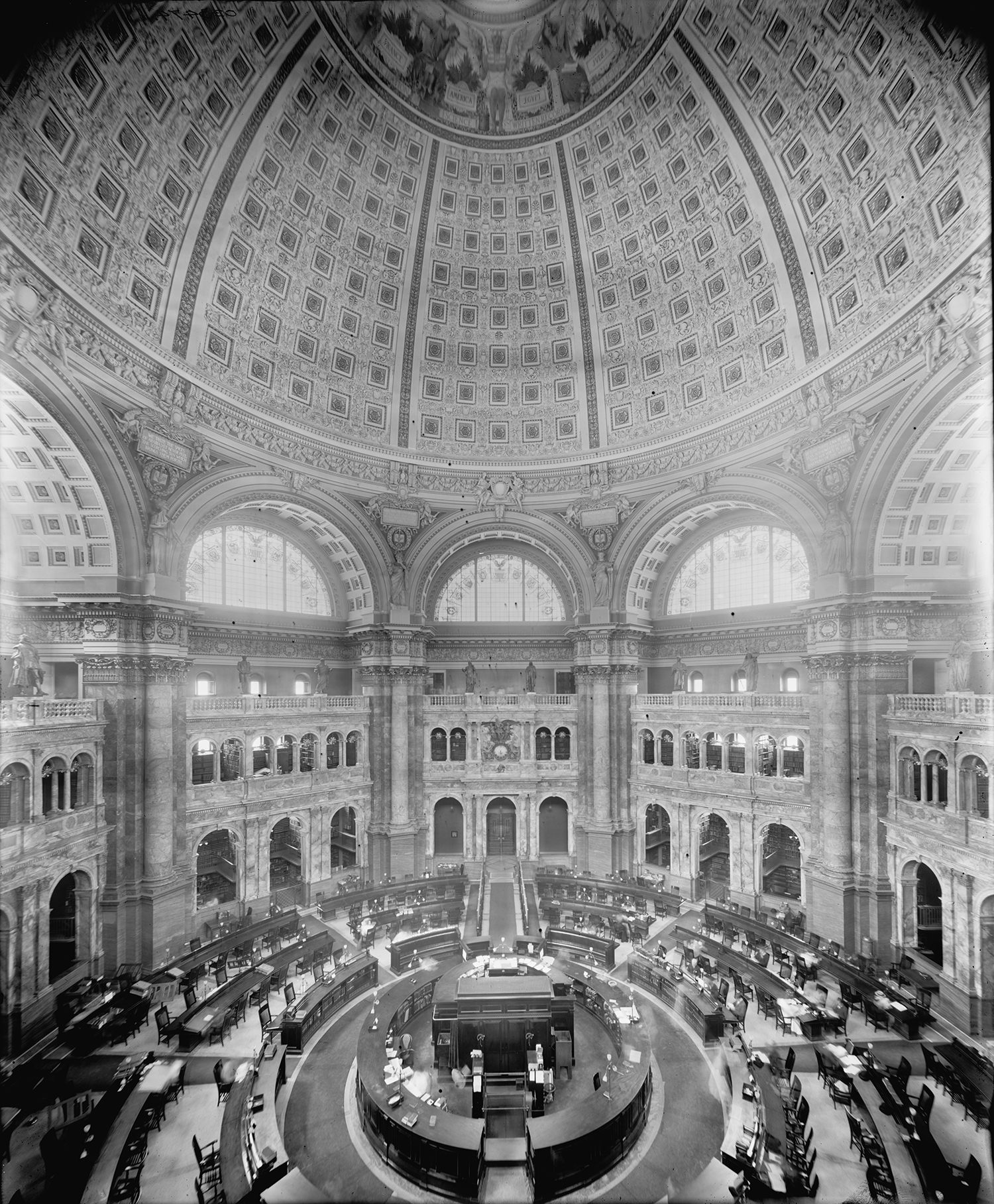
The main reading room at the Library of Congress, c. 1900. (Photo: Library of Congress/LC-DIG-det-4a17345)

Book room at Woburn Public Library, Massachusetts, c. 1880. (Photo: Library of Congress/LC-DIG-ppmsca-15350)
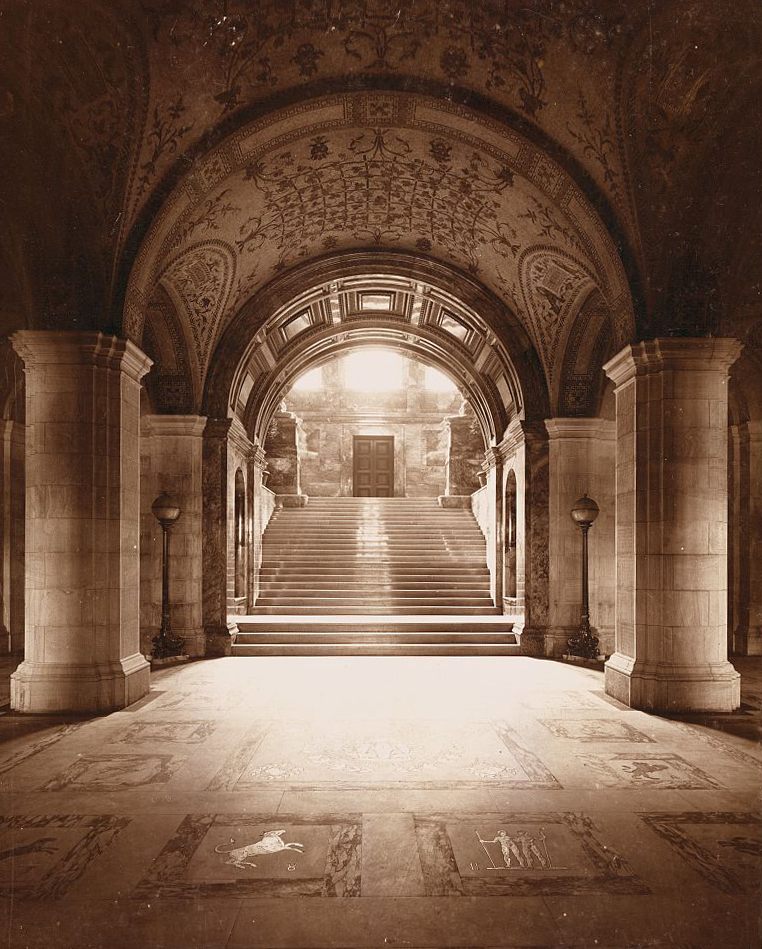
Main entrance to Boston Public Library, c. 1890. (Photo: Library of Congress/LC-DIG-ppmsca-15426)
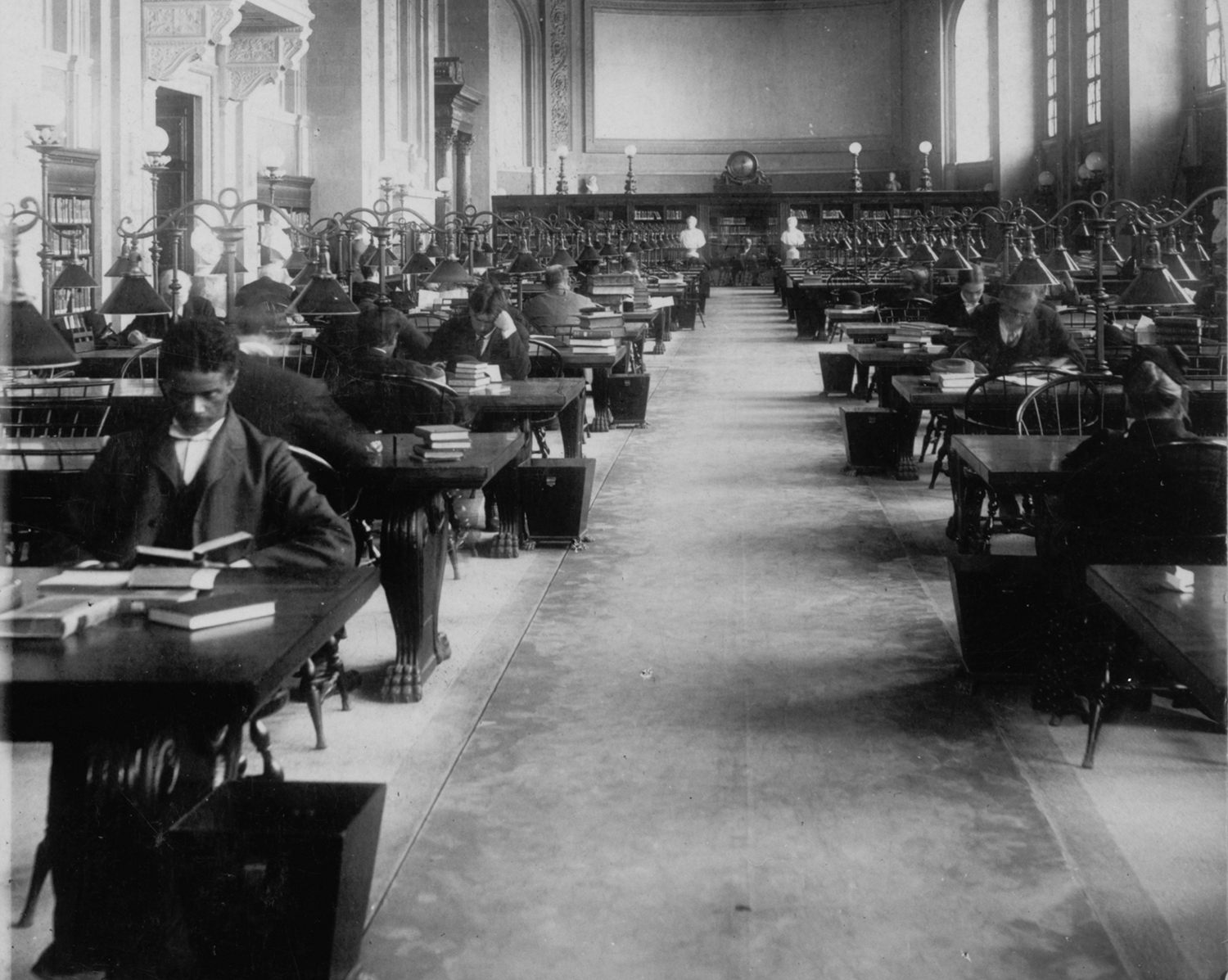
Interior of Bates Hall, Boston Free Library, c.1091. (Photo: Library of Congress/LC-USZ62-90719)
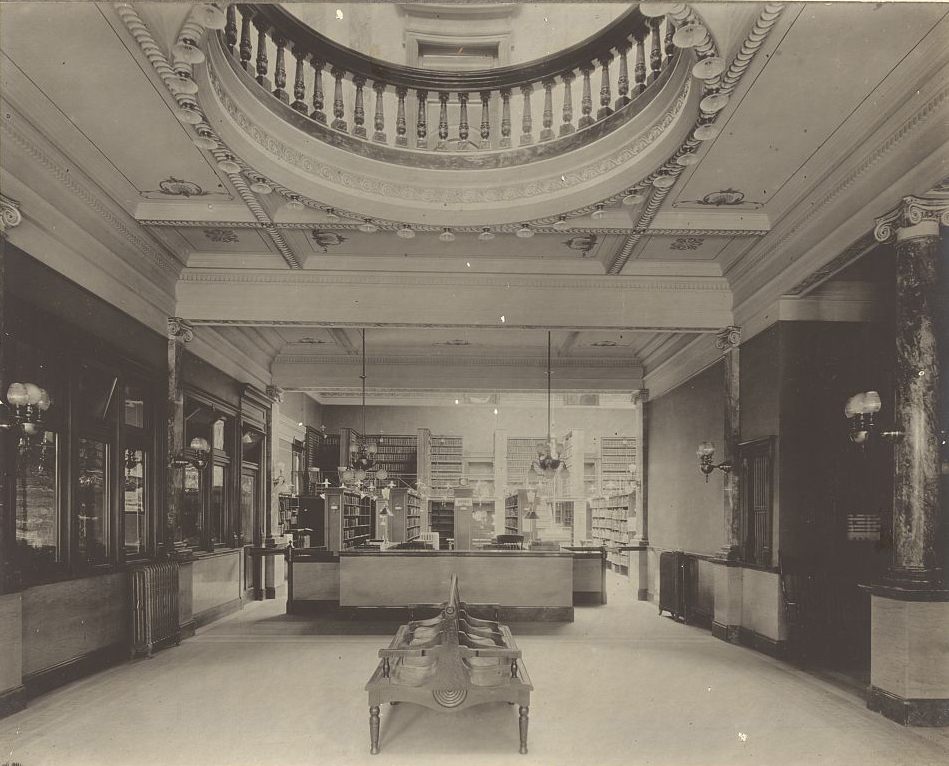
Circulation desk, Carnegie Library, St. Joseph, Missouri, c. 1903. (Photo: Library of Congress/LC-DIG-ppmsca-15410)
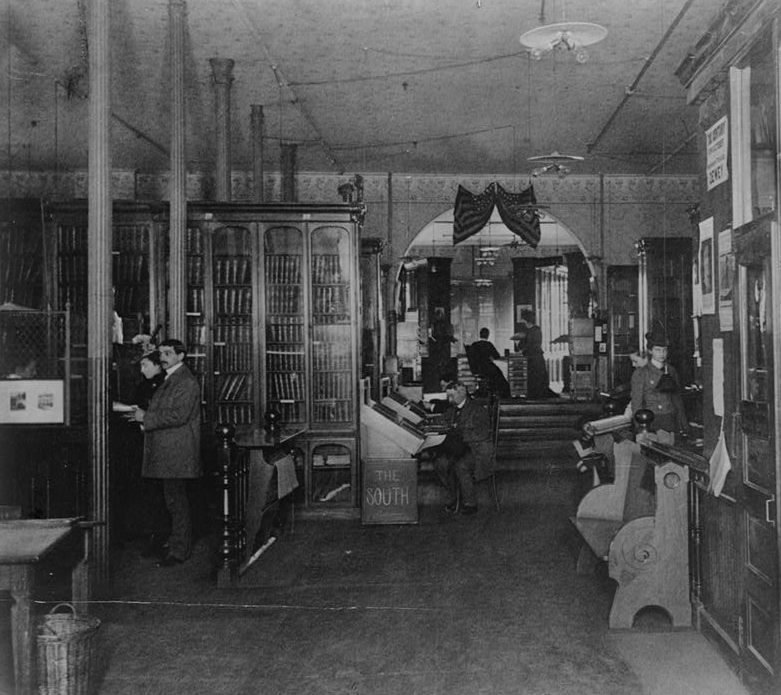
Cleveland Public Library, Ohio, c. 1900. (Photo: Library of Congress/LC-USZ62-15720)
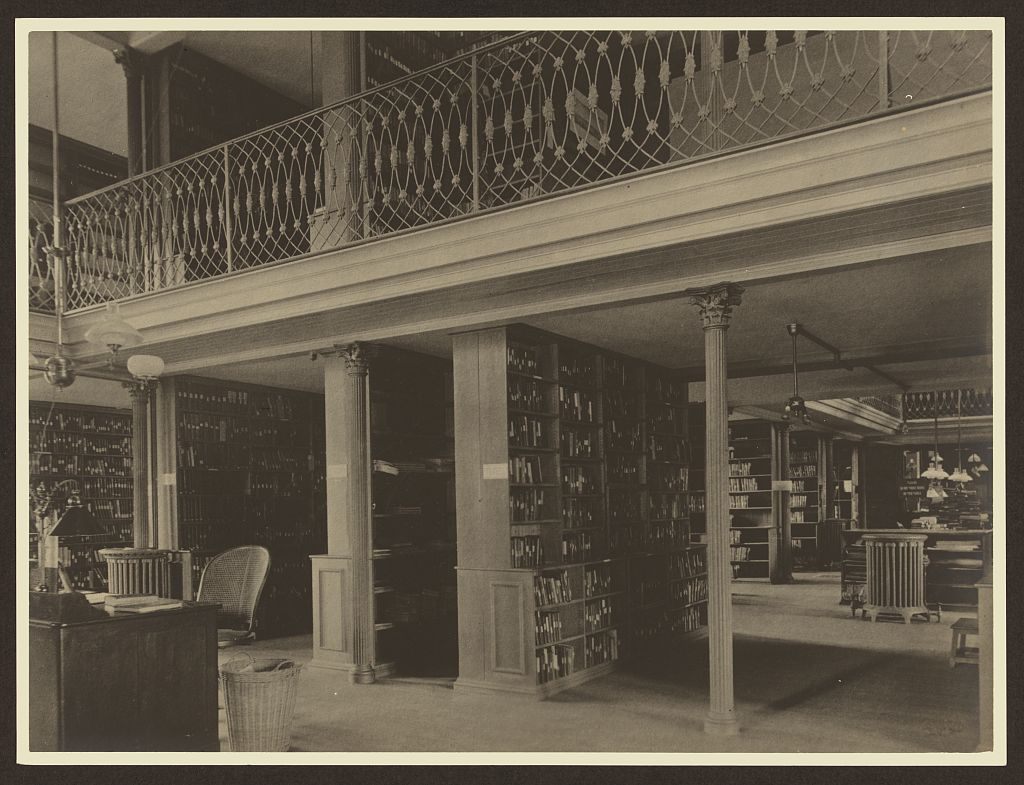
Alcoves and gallery in the book room, Brookline Public Library, Massachusetts, c. 1901. (Photo: Library of Congress/LC-DIG-ppmsca-15406)
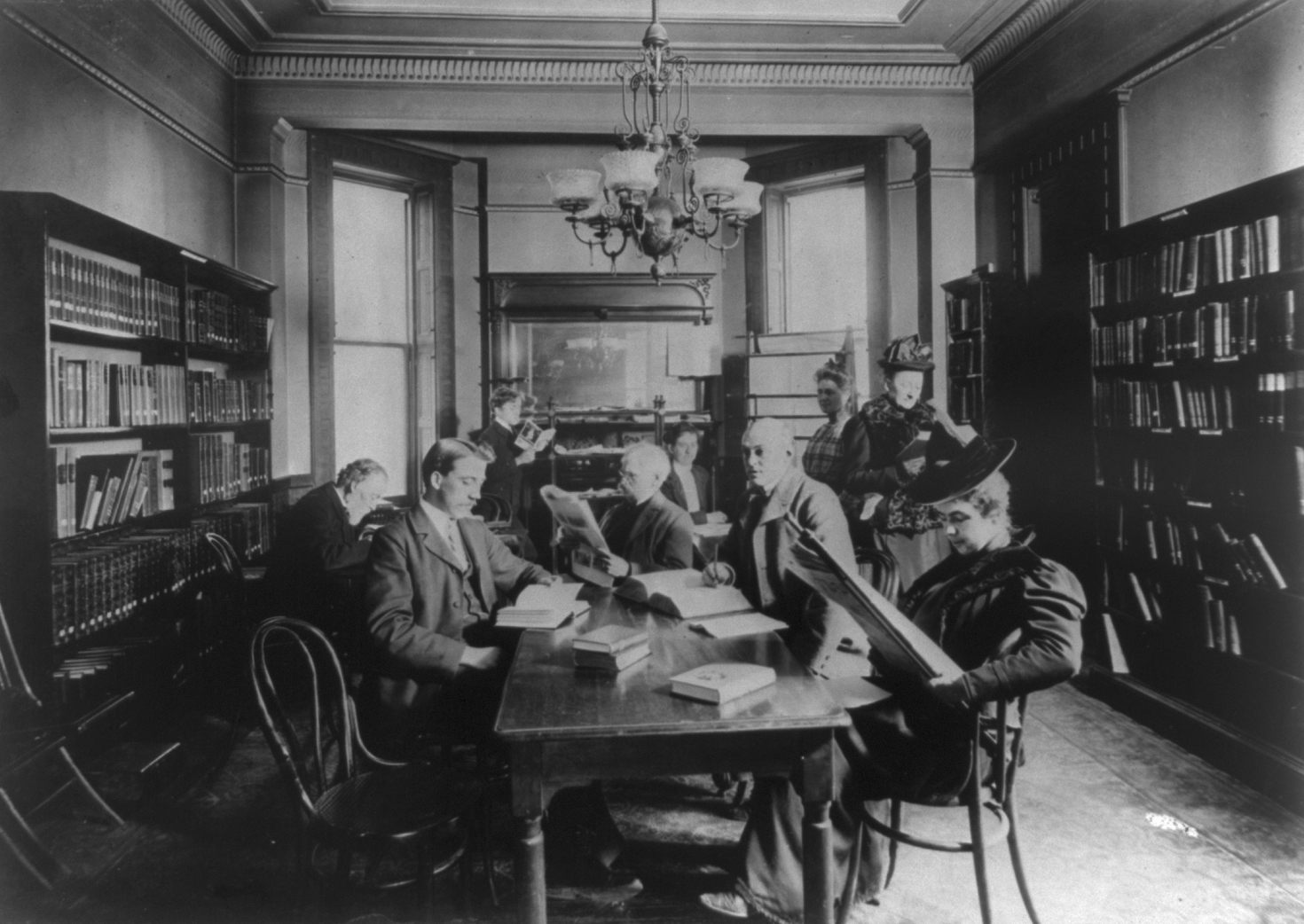
Bedford St, Williamsburg, branch of the Brooklyn Public Library, c. 1900. (Photo: Library of Congress/LC-USZ62-15719)
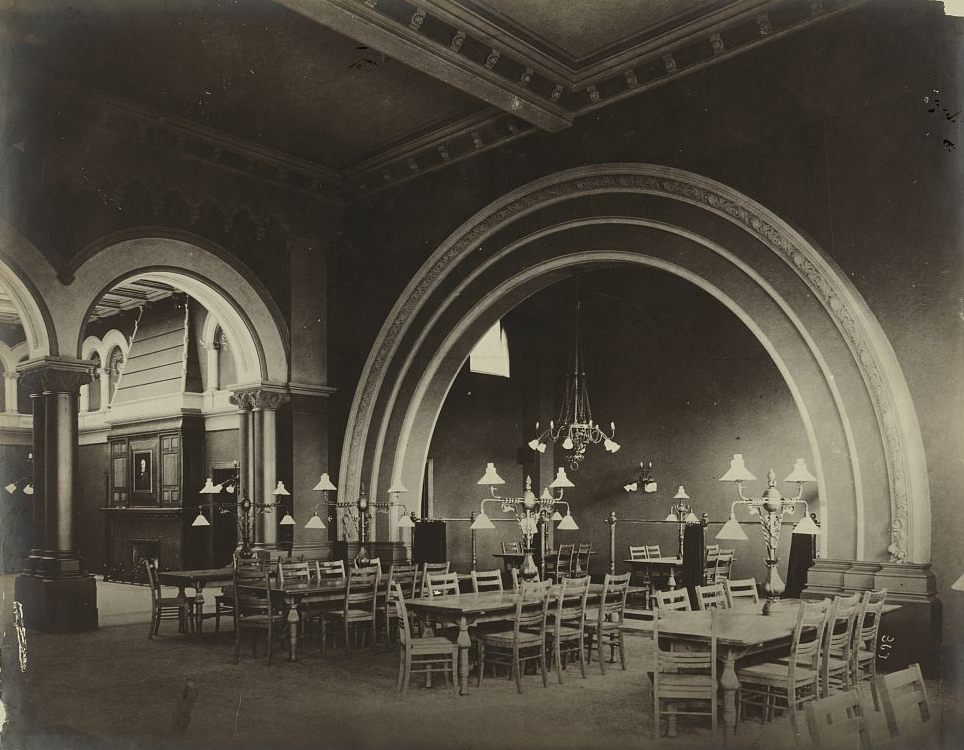
Women’s Reading Room, Carnegie Library and Music Hall, Alleghany City, Pennsylvania, c. 1900. (Photo: Library of Congress/LC-DIG-ppmsca-15405)











Follow us on Twitter to get the latest on the world's hidden wonders.
Like us on Facebook to get the latest on the world's hidden wonders.
Follow us on Twitter Like us on Facebook